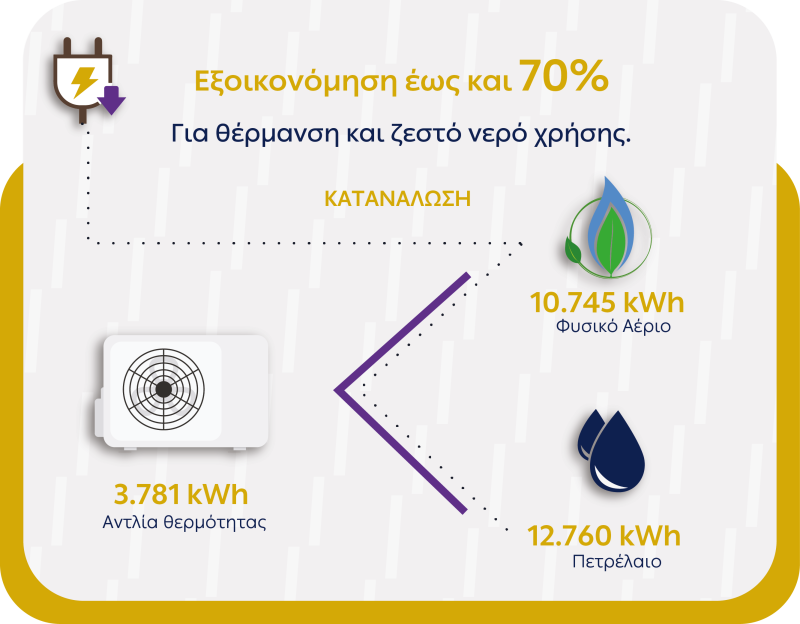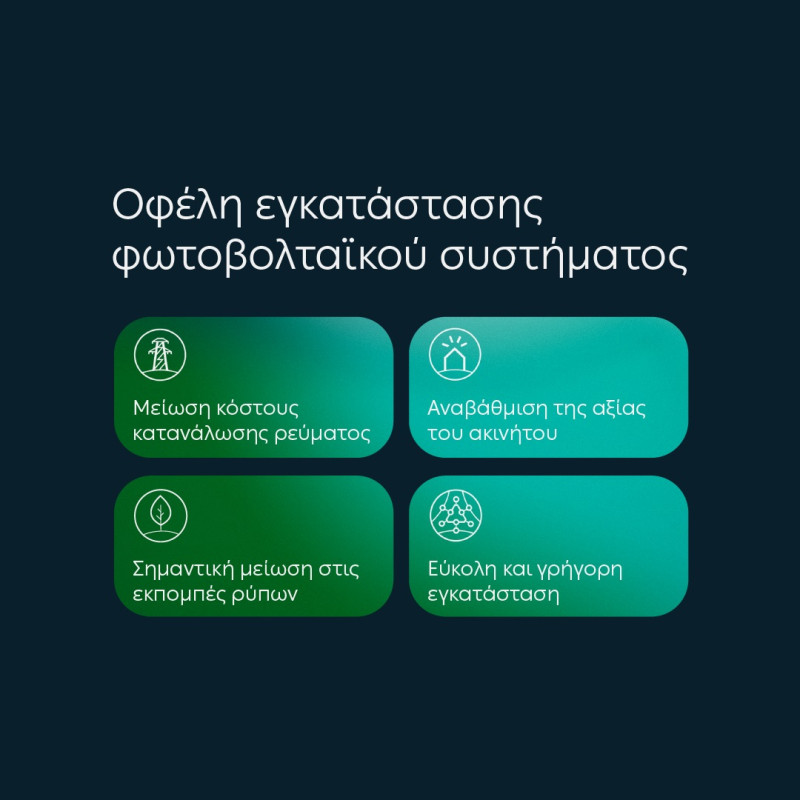Heat pumps and photovoltaic systems are emerging as key technologies for energy saving
The energy transition and technology are changing the entire energy market. For households and businesses, what until a few years ago was a simple connection to the network, in era of new electrification it becomes a whole new world of energy saving, zero footprint, self-generation and smart solutions that make life easier. Many utilities in western Europe have evolved into providers of services and solutions for the home, also offering devices to a lesser or greater extent to help the adoption of new home services.
Among energy solutions, heat pumps and photovoltaic systems are emerging as key technologies to save energy and improve the ecological footprint.
More specifically, heating and hot water for use in a space, are two factors that significantly affect the consumption of electricity and therefore costs, as well as the emission of pollutants. One of the most popular and efficient systems for heating and cooling the house as well as hot water are heat pumps, based on the transfer of energy from a low temperature area to a higher temperature area. Compared to conventional systems such as e.g. oil burners prove to be by far the most sustainable solution, since an average household by installing the appropriate heat pump, can achieve up to 70% energy savings, always depending on the size of the house, the needs of the customers, as well as the existing heating system. PPC even encourages this purchase, offering up to €500 to customers for the purchase of a heat pump through the special application it has created.
Energy autonomy and cost savings
For those households with space, either on the roof or on the roof, the solution is to convert from consumers of electricity to “producers”.
PPC enables customers to become energy producers with PPC myEnergySolar integrated photovoltaic system solutions, reducing costs, but also their environmental footprint.
Households can produce solar energy on the roof of their house, which will either be consumed by themselves, or can be sold to the grid.
Also, by choosing the solution that also includes a storage system with batteries, they can produce the energy they consume and use it even at times when the photovoltaic system cannot be used directly.
Source: Skai
I have worked as a journalist for over 10 years, and my work has been featured on many different news websites. I am also an author, and my work has been published in several books. I specialize in opinion writing, and I often write about current events and controversial topics. I am a very well-rounded writer, and I have a lot of experience in different areas of journalism. I am a very hard worker, and I am always willing to put in the extra effort to get the job done.












